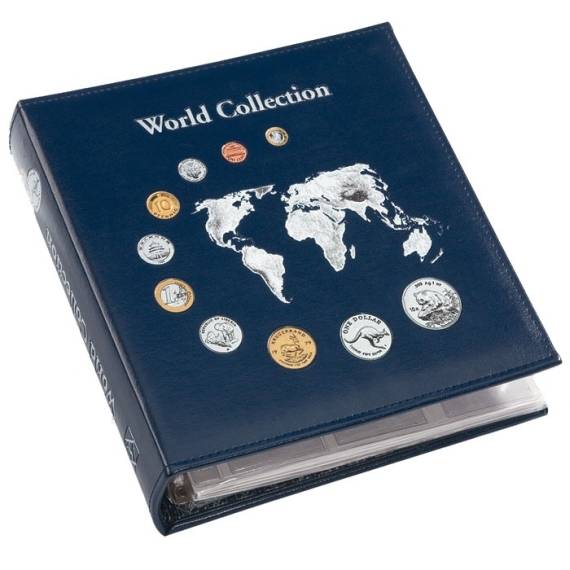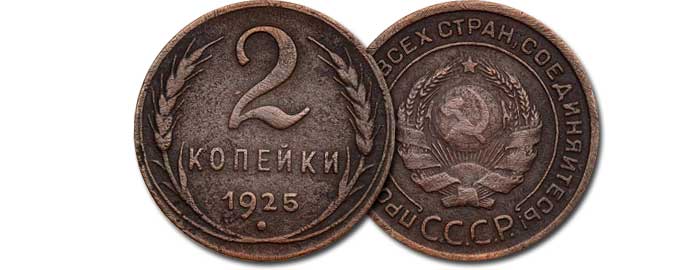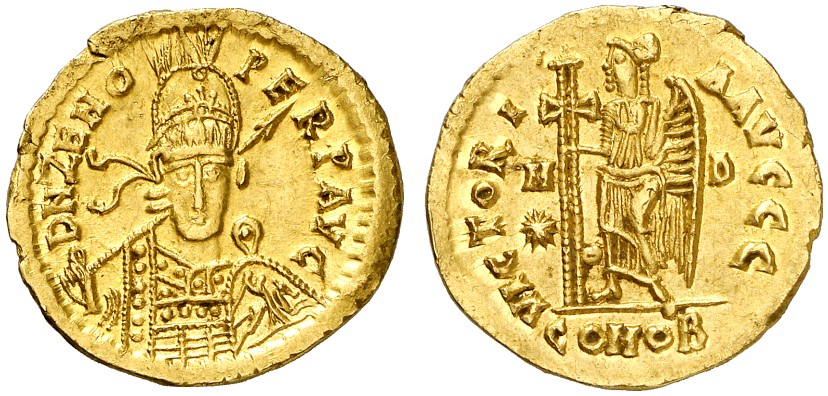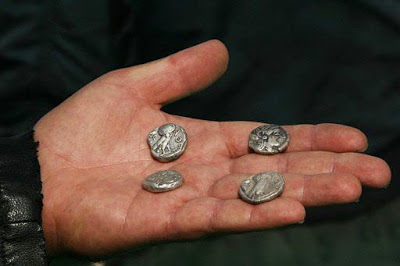Banknotes and paper money (VIII-XX century)
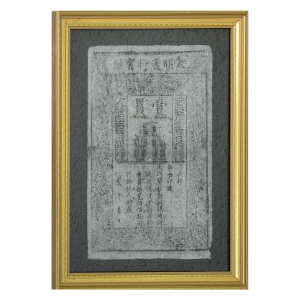 The history of paper money is just as exciting and varied as the history of metallic money. At the beginning of the history of paper money, there were two forms of banknotes – a receipt and a promissory note.
The history of paper money is just as exciting and varied as the history of metallic money. At the beginning of the history of paper money, there were two forms of banknotes – a receipt and a promissory note.
The receipt was issued as a certificate that a specific amount of metallic money is in the banker’s custody. Over time, the receipt has become possible to transfer to another person. Later, the receipt acquired the form of a banknote, which documented the client’s right to receive the amount in the form of coins indicated on the banknote at any time. Over time, the debt receipt turned into public money, which, as a rule, could not be received in the form of coins, but which had to be accepted for payment by all public funds. In addition, there are still temporary paper money issued to compensate for the shortage of coins. Continue reading
German coins since 1871 – from Reichsmark to Euro
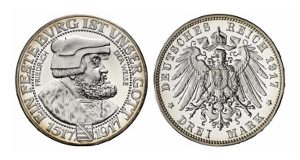 With the adoption of the constitution of the German Empire on April 16, 1871, responsibility for the currency of the empire passed from individual federal states to the government of the empire. Thus, it became possible to carry out long-overdue reforms on the establishment of a single system of sizes, types and weight of coins, the embodiment of which was the Reichsmark.
With the adoption of the constitution of the German Empire on April 16, 1871, responsibility for the currency of the empire passed from individual federal states to the government of the empire. Thus, it became possible to carry out long-overdue reforms on the establishment of a single system of sizes, types and weight of coins, the embodiment of which was the Reichsmark.
A mark (equal to 1/3 of a thaler in the north of Germany and 35 kreutzers in southern Germany) with a decimal division was adopted as a single nominal unit. One brand became equal to 100 pfennigam. Silver and gold coins were issued. Continue reading
Chinese Coins – 2000 Years of Coin History and Money
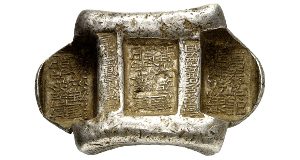 China is the most populous country in the world. Its population is 1 billion inhabitants, and the history goes back more than 2000 years. Scientists have found that money was used in China in the Neolithic era. Then, however, money, served as cowry shells (“primitive money”). Later, the means of payment were made of bronze in the form of objects of labor, for example, in the form of a knife (bu) or a shovel (dao).
China is the most populous country in the world. Its population is 1 billion inhabitants, and the history goes back more than 2000 years. Scientists have found that money was used in China in the Neolithic era. Then, however, money, served as cowry shells (“primitive money”). Later, the means of payment were made of bronze in the form of objects of labor, for example, in the form of a knife (bu) or a shovel (dao).
It is believed that Emperor Qin Shi Huang (247-210 BC) in 211 BC introduced the first round coins with a square hole in the center (qian). Continue reading
Coins and medals of the colonial countries (XVI-XXI centuries)
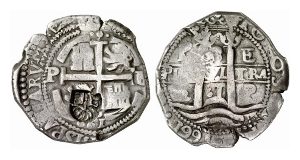 While in some countries, for example, in China or Japan, money in the form of coins was used for a long time, most of the Asian, African and American continents at the beginning of the 16th century remained a non-monetary zone.
While in some countries, for example, in China or Japan, money in the form of coins was used for a long time, most of the Asian, African and American continents at the beginning of the 16th century remained a non-monetary zone.
In Africa, the circulation of coins was not developed until the New Age, and the means of payment were the predecessors of the coins, money in the form of pebbles and seashells. In such regions, coins most often came in the baggage of overseas colonialists, and the first minted coins were copies of metropolitan coins, marked with an additional sign to indicate the corresponding metropolis. Continue reading
Oriental coins (VII-XXI century)
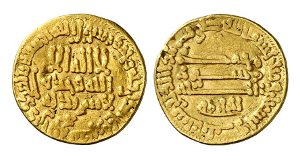 The conquerors of the territories that previously belonged to Byzantium were not familiar with the coinage before the reign of Muhammad, and therefore the history of the Arab coinage begins with imitation of coins of the Byzantine and Sassanian type. In part, these imitations were a rather loose interpretation of the original. Along with them, images of the ruling caliphs were minted on Arab coins.
The conquerors of the territories that previously belonged to Byzantium were not familiar with the coinage before the reign of Muhammad, and therefore the history of the Arab coinage begins with imitation of coins of the Byzantine and Sassanian type. In part, these imitations were a rather loose interpretation of the original. Along with them, images of the ruling caliphs were minted on Arab coins.
Around 696-698, Caliph Abdul-Malik ibn Mervan from the Umayyad dynasty (685-705) carried out a reform of the eastern monetary system. Continue reading

